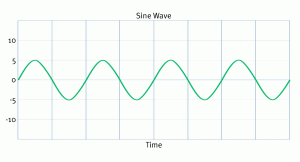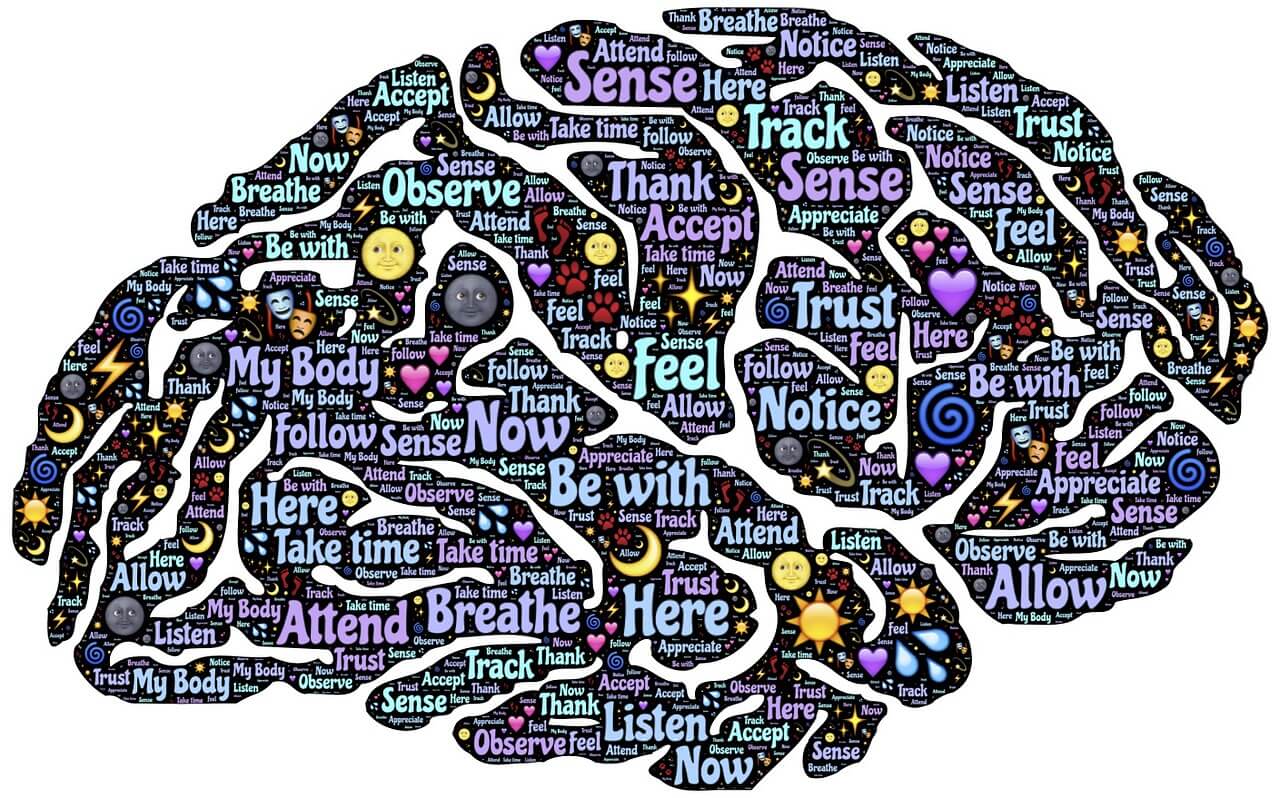When I first studied clinical psychology (e.g., psychoanalytically-oriented psychotherapy) many years ago, the focus was on ‘talking’ therapy. Nowadays, the newer therapies, such as Focusing and Somatic Experiencing (SE) utilize a more unified body-mind approach, and tend to be more short-term.
As a trauma therapist, I help my clients use their brains, minds and bodies to more effectively manage their stress and pain levels by regaining a more balanced ANS regulation, one visually characterized by smooth sinus waves rather than spikes. This process often allows clients to obtain relief from anxiety, depression, minor and major trauma, and pain. Improvements in self-esteem (healthy narcissism) may follow, as the person becomes less helpless and dominated by anxiety and fear, more empowered and in control of their life. As the person’s relationship with the self changes, relationships with others, both internally and externally, may also improve.
Over-activated nervous system:

Resilient nervous system:

In my work as a trauma therapist, what the person’s body senses and remembers (its actual sensations) becomes an important component and guide of the psychotherapeutic process itself. I encourage clients to explore the links between their bodily sensations (ranging from constriction and pain, to comfort, expansion, and pleasure) and their affects and feelings, sensory images, thoughts and belief systems, and lastly, their behavioral patterns–all of which are touched upon in words. Sometimes these words need to be complemented by the imagining or even the actual completing (via tiny micro-movements) of incomplete defensive movements that were necessary for dealing with life-threatening situations – when Flight of Fight were not feasible and the impulse to fight or flee was arrested or ‘frozen’ in the Freeze response, a survival strategy in its own right.

By learning to attend to and focus on these various channels or modalities, all of which are “taken through the body’s washing machine” (to quote Gina Ross, my SE mentor and colleague), the client is helped to ‘discharge’ excess autonomic energy (that was recruited to deal with the activating situation but not fully used up), via a gradual, titrated ‘Freeze Discharge.’ This crucial process, which both client and therapist can track during the session, results in a ‘reset’ of the person’s innate, autonomous self-regulation. A brief period of settling and re-organization/integration of body-mind ensues, and it is important to allow for this.
Since self-regulation is both learned and practiced in the interpersonal context of attachment and relationship, problematical aspects of relating currently present in the client’s life are worked through and explored in a safe and supportive environment.












